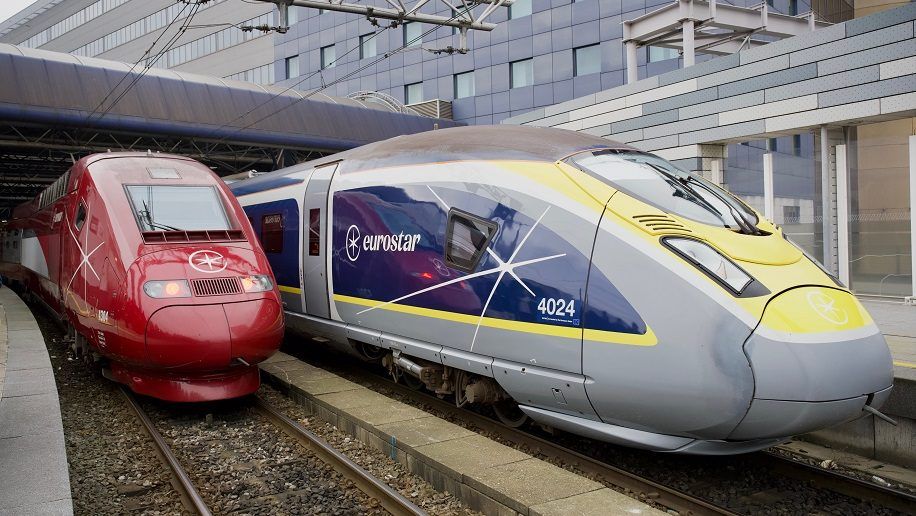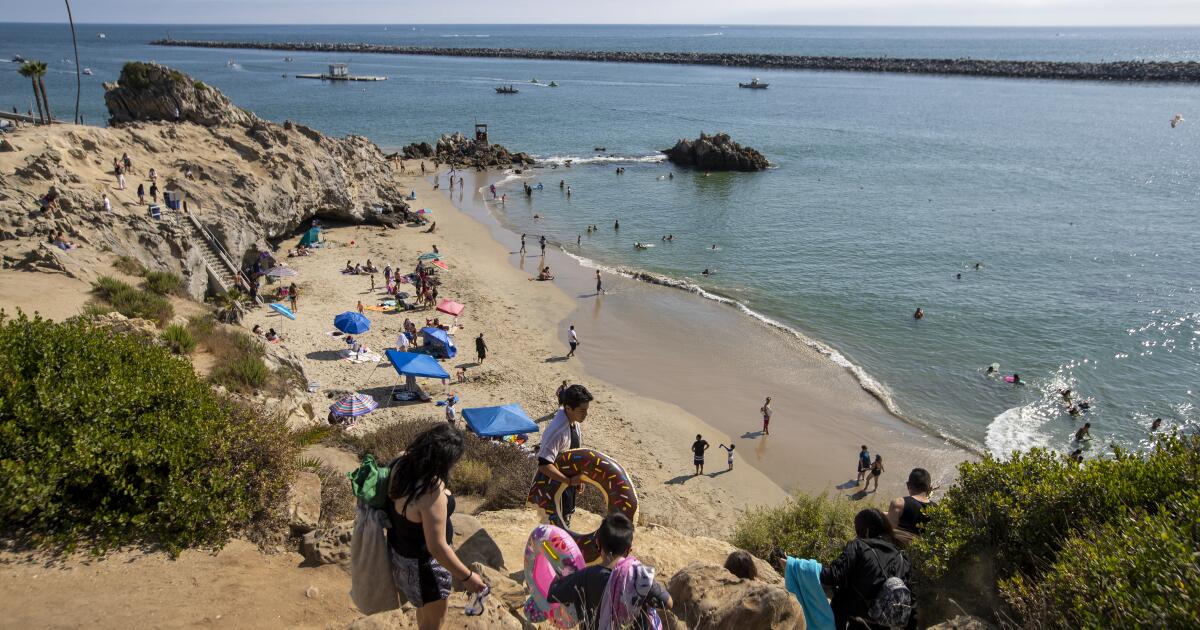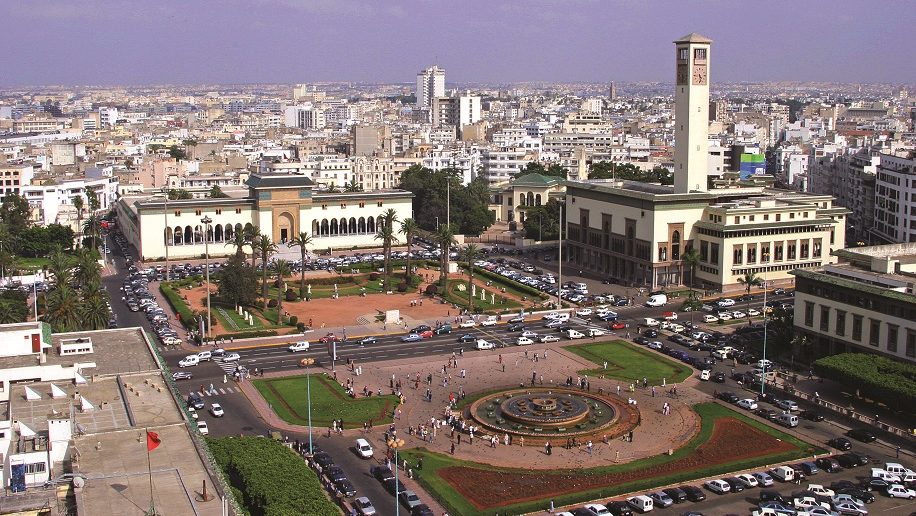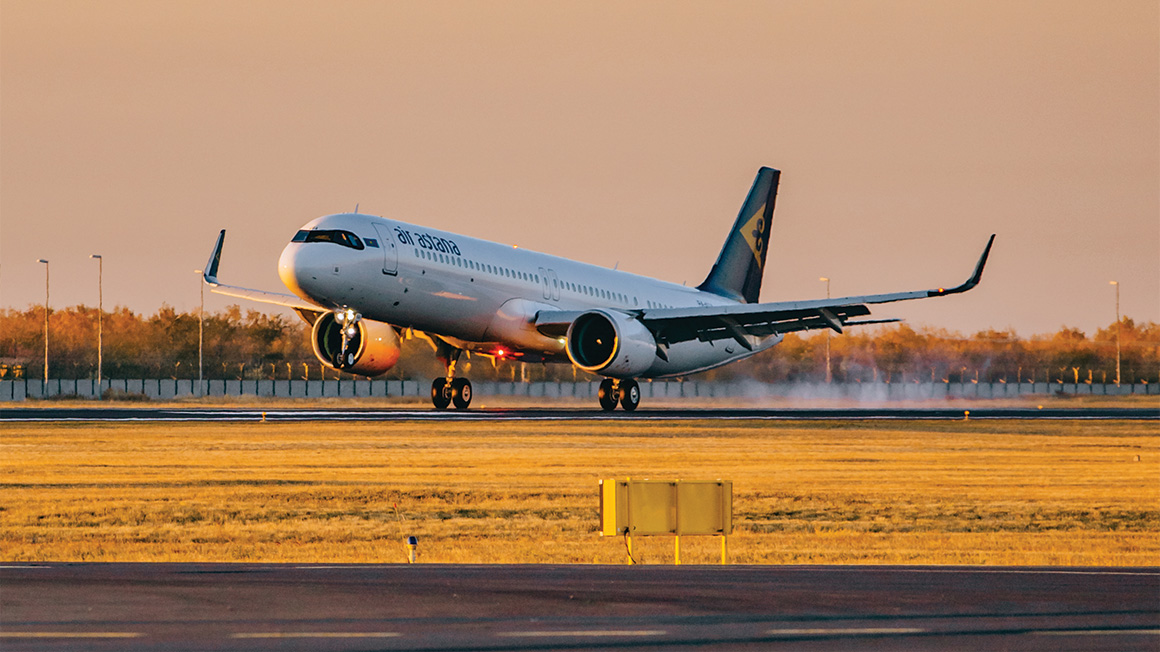On first entry, all non-EU citizens will need to complete the digital registration. This will include a face scan, a fingerprint scan, a passport scan, and four standardized questions (for example, how long is your trip). The registration process is expected to take about 90 seconds per passenger and the profile will remain valid for three years.
Once this is completed, passengers will proceed to the Eurostar entry gates to complete a manual check-in as usual, go through security checks, complete a UK exit check (swipe passport) and finally cross the French border. Control before boarding the Eurostar (where biometric data and travel documents will be checked again). Part of the investment will also allow the number of Police aux frontières (PAF) officers to be doubled to assist with French border controls, going from 12 officers in May 2023 to 24 officers in October.
Unlike airline passengers, the benefit of all-in-one screening means that upon arrival at their European destination, passengers can exit the train immediately, without the need for further screening.
For subsequent visits, passengers will need to visit the kiosks again to scan their passport, complete facial recognition and answer questions (although fingerprints will not be required). This process is expected to be reduced to 37 seconds and passengers will be able to use electronic gates instead of manual checkpoints.
Eurostar also announced it will invest in advanced signage and digital signage (via the St Pancras website) and add more staff on site to help customers.
Outside London, in Paris there will be 18 new kiosks for creating EES profiles and seven new electronic doors for check-in, while in Brussels there will be 10 new electronic doors and four additional manual counters.
“Our aim is to put the passenger at the center of EES design and how we best integrate them into St Pancras and other terminals. We will do this by adding zero additional time to departure, we will not ask passengers to arrive early for the EES, we will maintain the current check-in times,” said Simon Lejeune, head of stations and head of security at Eurostar.
Passengers are currently asked to arrive 90 minutes before departure, and check-in is expected to take between 45 and 90 minutes. This has been reduced since last summer, when check-in time was around 120 minutes.
“We want to offer all our passengers the most seamless experience. Part of doubling the border force is also ensuring that we can have a modular approach. We have peaks and flows in our operation, for example this morning we would have had 85 percent non-EU passengers, this afternoon it will be 60 percent EU passengers, so we have to continually adapt to those flows and adapt to peaks. like holidays,” Lejeune said.
An EU-led app is also being developed to allow passengers to complete the EES registration process remotely. It is currently being tested in Sweden and is expected to be implemented in 2025.
eurostar.com












